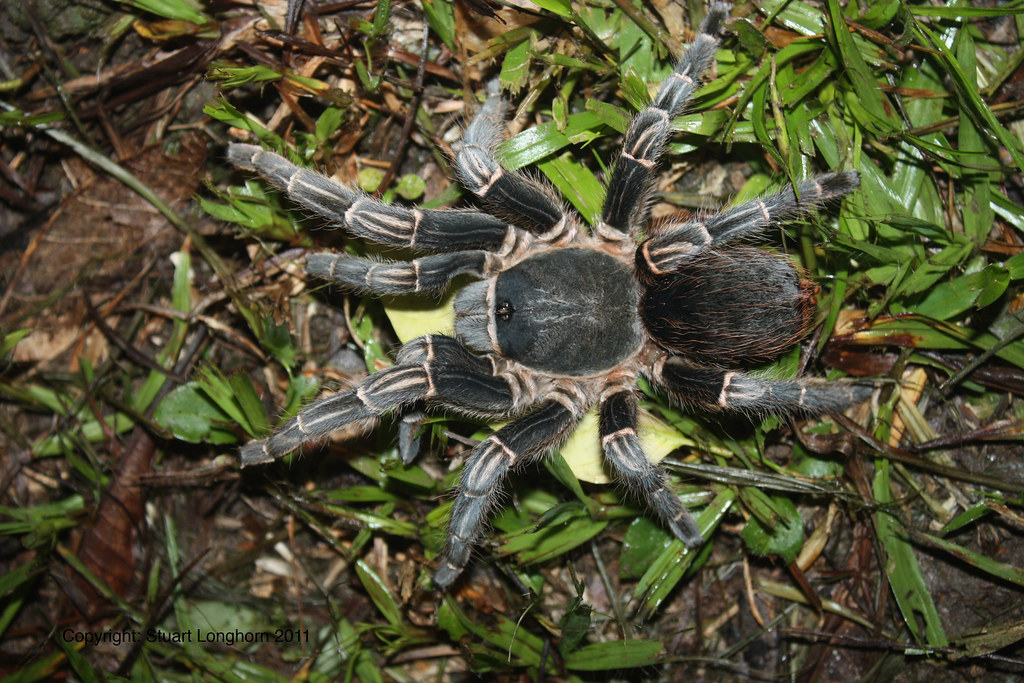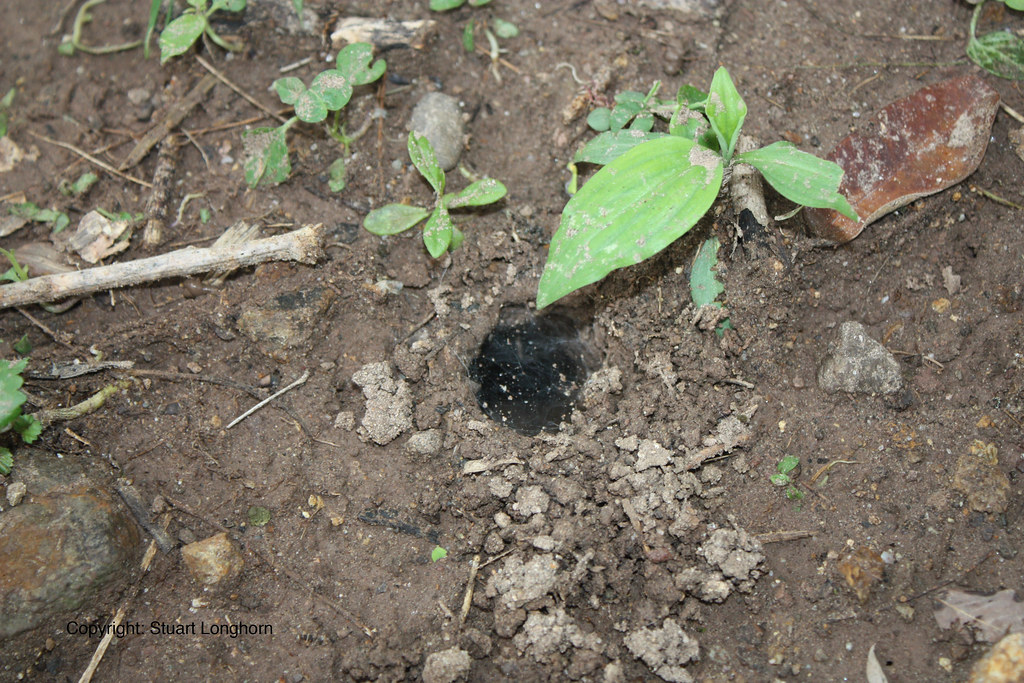Hi
i have recently ordered a Costa Recan Zebra and was just wondering whether this is a burrowing species or not? i have read in a few places that they are but alot of pictures just show them in a normal terrestrial set up.
any opinions or experiences would be welcomed
Thanks
Joe
i have recently ordered a Costa Recan Zebra and was just wondering whether this is a burrowing species or not? i have read in a few places that they are but alot of pictures just show them in a normal terrestrial set up.
any opinions or experiences would be welcomed
Thanks
Joe





Comment